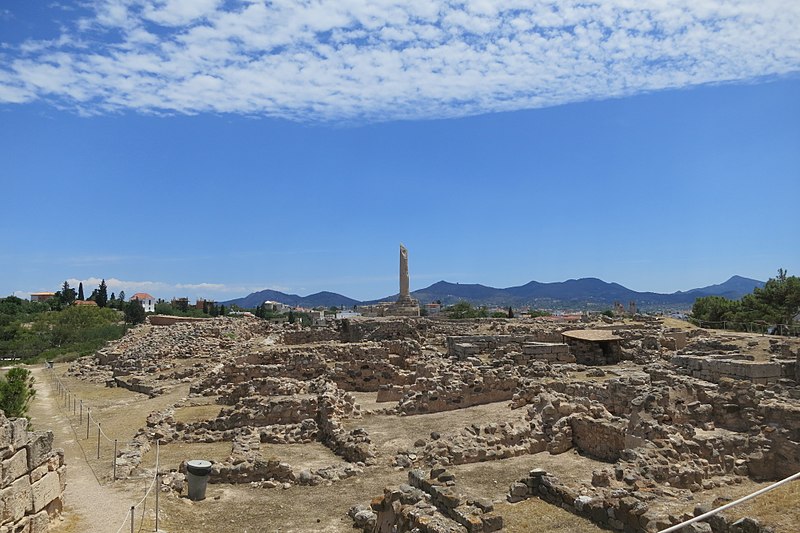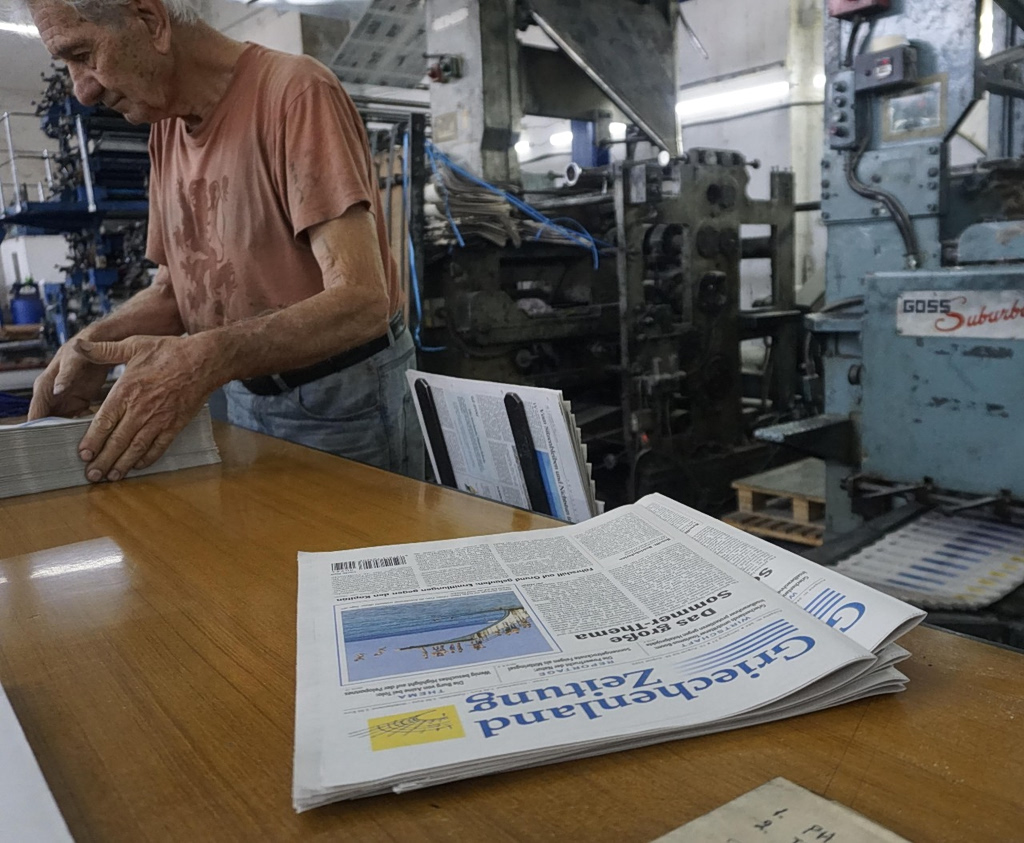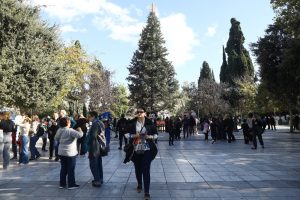In archaeological excavations, a sixteenth-century B.C. purple dye workshop was discovered on the Greek island of Aegina by Lydia Berger of Paris Lodron University and her colleagues, according to a statement released by PLOS.
In their study, Berger and her team describe a sixteenth-century B.C. workshop located in the ancient settlement of Kolona on Aegina, one of the Islands in the Saronic Gulf, 27 km from Athens.
The researchers identified the workshop through the purple pigment preserved on ceramics that may have served as dye containers, grinding stones, a waste pit, and the crushed shells of marine snails, primarily from the banded dye-murex species. These findings suggest a well-established production site.
Additionally, the bones of young mammals, such as piglets and lambs, were found at the site, suggesting they were sacrificed to protect the production process.
Ongoing examination of the workshop is expected to shed more light on the techniques used to manufacture this valuable purple dye.
As archaeological excavations have shown, during the Late Bronze Age, colored dyes were precious commodities in the Mediterranean region. Gaining knowledge about the production methods of these pigments provides valuable insights into the culture and trade practices of that era.
The name Kolona derives from Venetian sailors, who navigated using the columns of the Temple of Apollo as a landmark, visible from the sea. Dating from the Archaic period in the 6th century BC, the temple is a peripteral structure of the Doric order.
feature image credit – ZDE – professor at Department of Philosophy and History of Science (Faculty of Science, Charles University in Prague
license – Creative Commons CC BY-SA 4.0



